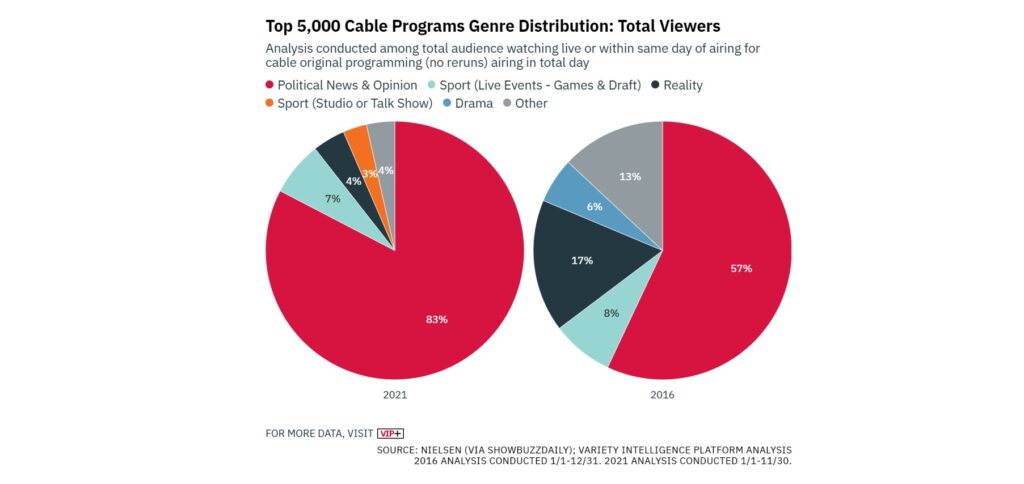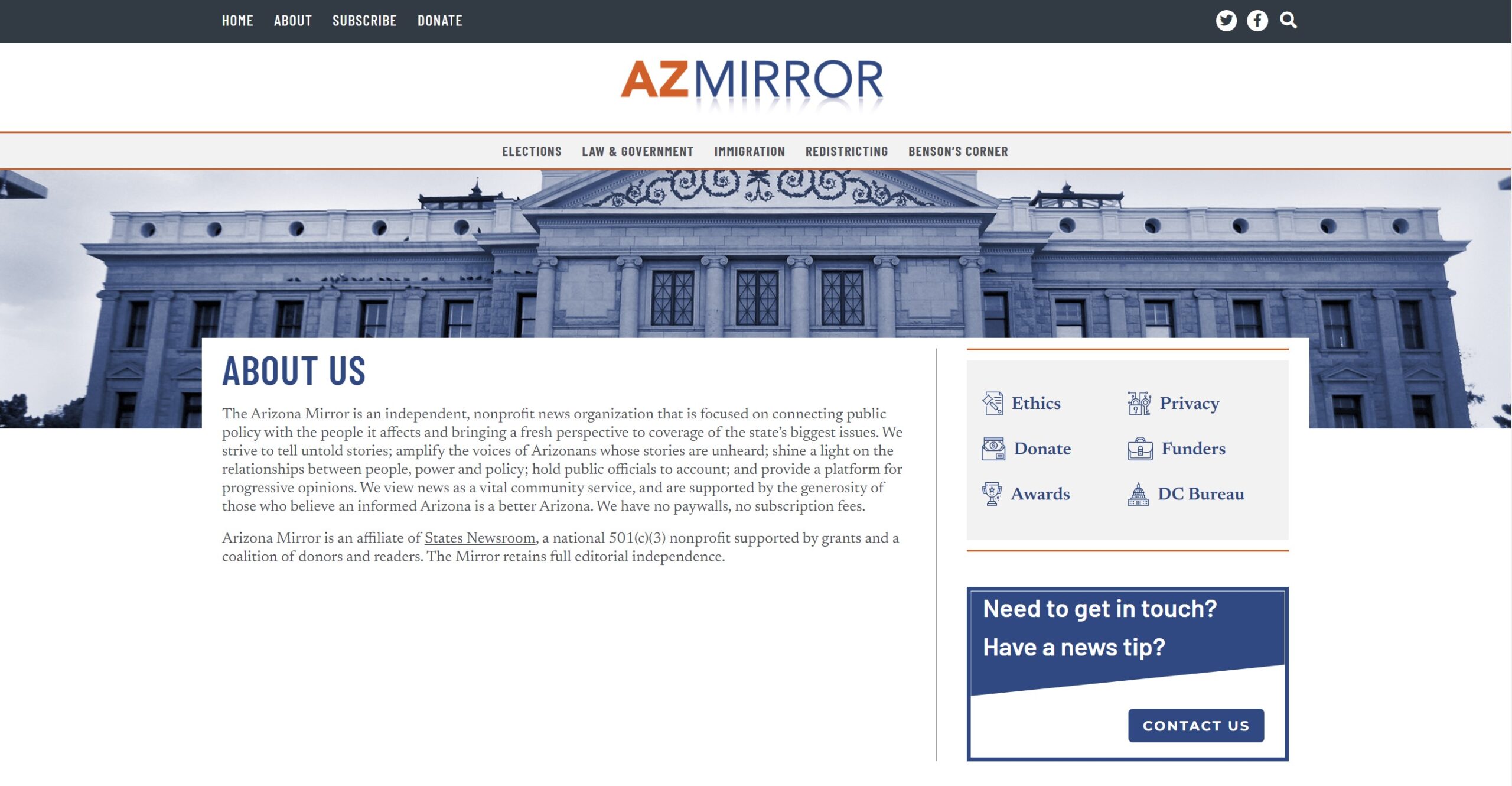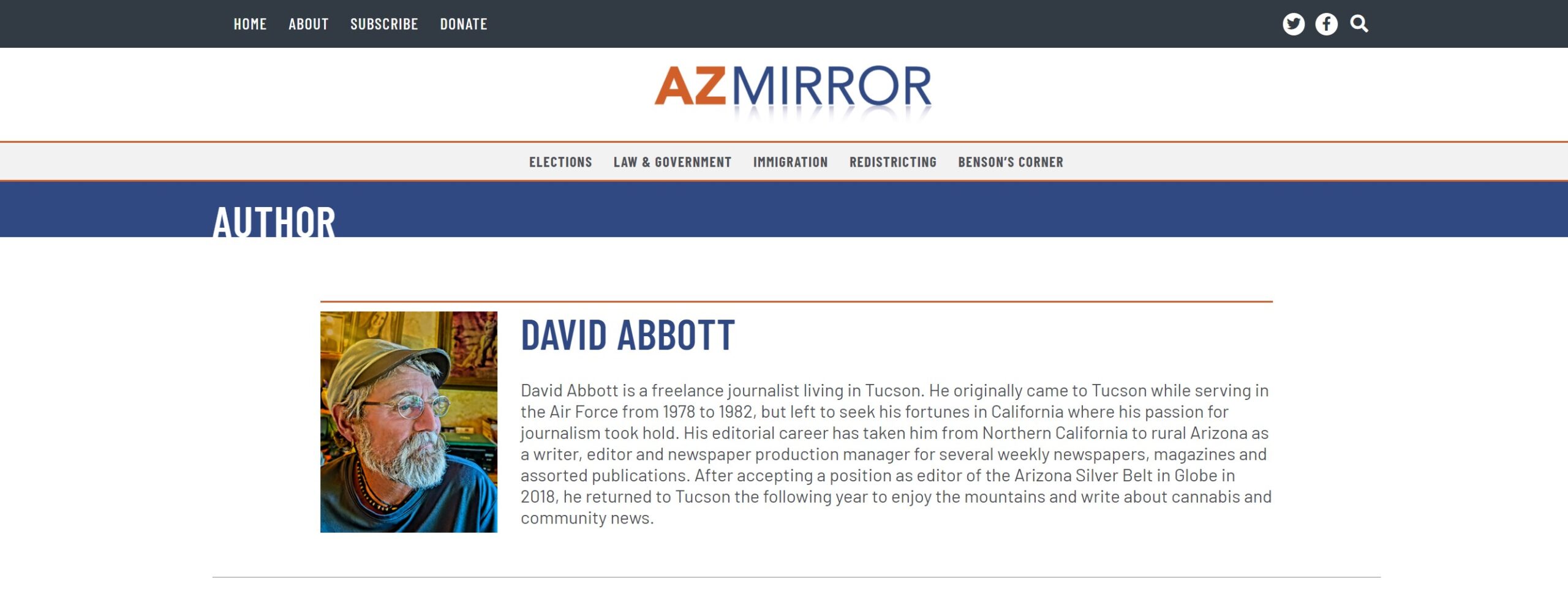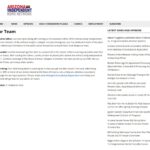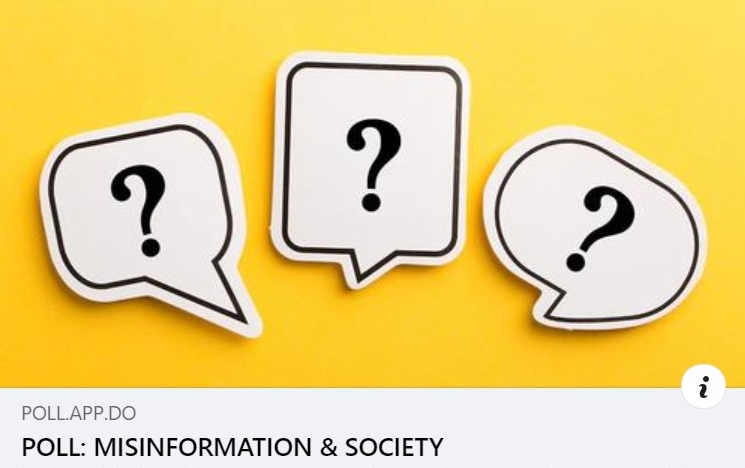I recently had a conversation with a client about misinformation in the news. He confessed he was overwhelmed with the idea and questioned everything he reads these days. He asked me, “how do I know which news to trust and believe?” I confessed I felt similarly and shared with him the steps I take to know whether I am reading from a trustworthy news source.
People’s trust in the news media is almost as low as seen in 2016. As of October 2021, 64% of Americans have no trust in the media, and only 7% have a great deal of trust. The final 29% have some trust in the media. These low numbers are not good news for media outlets. However, this report could be an excellent wake-up call for them.
This begs the question…when did news stop being trustworthy?
In the late 1960s, television executives discovered how profitable the news could be. By the 1970s, the line between news and entertainment began to blur. Losing the distinction between news and entertainment made way for “reality-news” programs like Hard Copy in the 1980s. Discovering entertainment news increased viewership; the race was on for networks to keep those viewers. Today, opinion news shows are the most-watched segments across all major cable programs. In fact, 83% of shows watched are opinion segments on CNN, Fox News, and MSNBC.
Where do we go from here?
Even with the proliferation of opinion news, trustworthy news sources are out there. Recent data shows the most trusted news source in America is ABC News, with a 21% vote. The least trustworthy is Fox News with 27% of the vote. CNN is not far behind Fox News with 23% of adults having no trust at all in the station. The New York Times, The Wall Street Journal, and NPR Radio are in the middle of the pack of trustworthiness.
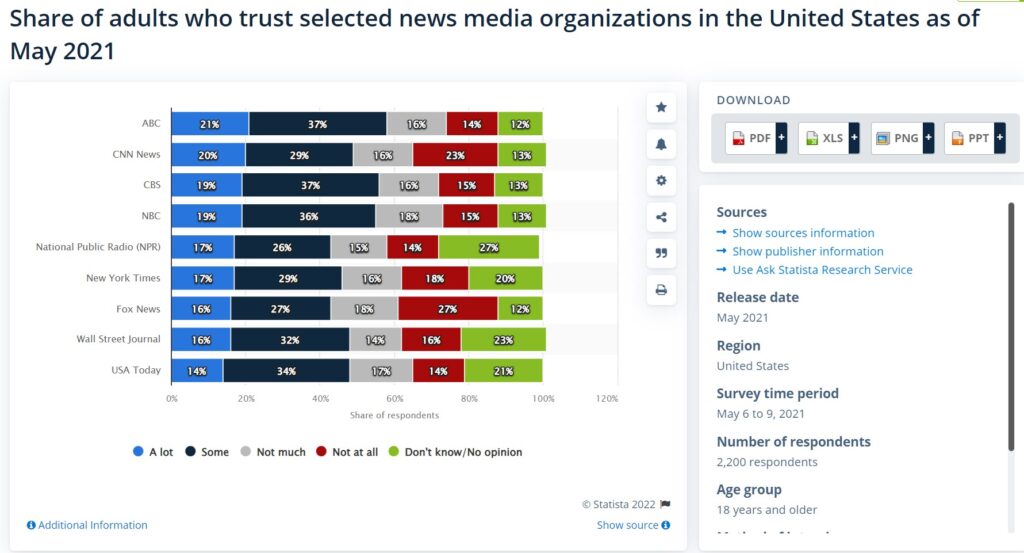
Thankfully, the Trust Project identified eight steps people can take in evaluating the trustworthiness of a news source. The eight steps are:
- Who made this? Look at who the writer is and their expertise on the subject.
- Why was this created? Look for the purpose of the piece and if it is created with impartiality.
- What is the source? Look for links to referenced sources or a reference list at the bottom of the piece.
- Does the journalist have local knowledge of the subject? Look for indicators that the journalist was on the scene or spoke with eyewitnesses where applicable.
- Did the journalist include opposing viewpoints? Look for diverse perspectives within the piece.
- Does the writer allow feedback or comments? Look for a comment section at the bottom of the piece or the writer’s contact information.
- How was this made? Look for data, statistical, or contributor attributes.
- Does the media outlet have established community standards or practices? Look for links within the media source for a code of conduct policy and procedures, as well as transparency statements.
Shall we try this together?
The trust indicators may seem like a lot of steps and a bit overwhelming. However, after getting the hang of it, it goes pretty quickly. I found a Google search will provide most of the information needed, most of which will be on the first page. Here are a couple of online newspapers I analyzed using The Trust Project’s trust indicators:
1. Arizona Mirror: A small outlet with a circulation of 150,000 was not found on MediaBiasFactCheck.com or AllSides.com. A Google search returned detailed information on the paper.
- Who made this? The Arizona Mirror was started in 2018 by Jim Small, the paper’s current editor. Previously, he was the editor in chief for the States Newsroom. The AZM is an affiliate paper of Small’s prior employment. The States newsroom claims to be a “progressive political journalism startup,” owning several left-leaning news outlets. InfluenceWatch.org claims AZM to be a far-left media outlet funded by “left-of-center ‘dark money’.”
- Why was it created? Arizona Mirror claims to be an independent news source focusing on how public policy affects Arizonans while delivering a “fresh perspective” on the major issues the state faces. The paper positioned itself as having a non-partisan viewpoint. However, the Phoenix New Times (a credible moderate left source) reports that the AZM’s opinion section will be devoted to progressive perspectives. This information is also provided on AZM’s about us page.
- What is the source? AZM’s 2/17/22 front page hosts numerous articles on republican movements and republican anti-democracy sentiments. However, in reading a couple of pieces, they are sourced well and link to multiple outside sources. The articles I read did not contain many links back to articles within the paper, and only one link was returned “page not found.”
- Does the journalist have local knowledge of the subject? Going back to AZM’s about us page, it lists staff contributors of the paper. All editors, reporters, and researchers are Arizona natives. After reading a headline news story regarding a mining project in Arizona, the article’s writer is not listed as a staff member. David Abbott appears not to be a Arizona native and is a freelance writer for multiple community papers.
- Did the journalist include opposing viewpoints? In the articles read for analysis, I found them to contain diverse perspectives and factually outlined the contents. The three pieces previewed, I found them to contain little to no opinion. The headlines appear to have a political lean, but the contents offer a balanced perspective.
- Does the writer allow feedback or comments? After combing through AZM’s website, I found no “contact us” page. I clicked on numerous other articles and found no comments section or contact the writer. The writer’s bio page did not list an email address either. The only way to get in touch with the paper is found on the “about us” page. There is a blue box to the right of the page that opens to draft an email.
- How was this made? An article assessing Arizona State’s drought situation offers a U.S. drought monitoring map. Unfortunately, the writer did not link to the map’s source but provided the website address to the map. I did find the link to the map in the body of the article. This article also offered statistics related to the linked report of the state’s drought conditions.
- Does the media outlet have established community standards or practices? AZM has a page dedicated to its ethical beliefs. The paper’s ethics policy believes in accuracy, transparency, and integrity. The paper also has a privacy policy page advising its visitors of their rights and data collection guidelines.
The Arizona Mirror contained enough information on its site to meet 95% of the trust indicators criteria. Overall, this newspaper on its face appears trustworthy. Unfortunately, the paper’s affiliation with the State’s Newsroom and their funding sources place AZM’s credibility in question. Readers should keep in mind the paper’s left-of-center lean since four out of ten of today’s headlines appeared partisan. Their affiliate paper, State’s Newsroom, provides some content for this newspaper as well. My advice on the Arizona Mirror would be to proceed with caution, verify the sources used in their articles, and look for other sources reporting similar stories.
2. Arizona Daily Independent: A daily print publication with circulation under 10,000 serving residents of the Tucson area. The paper is listed on MediaBiasFactCheck.com but not on Allsides.com.
- Who made this? The Arizona Daily Independent was co-founded by Loretta Hunnicutt in 2011. Hunnicutt previously worked for the Tucson Citizen, which stopped publication in 2009. This employment detail is not listed on her LinkedIn profile. Hunnicutt’s writing has long been dedicated to child welfare and refugee abuse issues according to her biography.
- Why was it created? The “About Us” section of the paper’s website shares the newspaper was started to tell the truth on issues regardless of political affiliation. CoveredPress.com mimics this sentiment stating the paper is not known to accept biased content from freelance writers. MiediaBiasFactCheck.com reports the paper to be highly right-leaning and publishes content related to conservative causes.
- What is the source? Only one article contained any source material of the three news articles published on 2/17/22. All the articles presented quotes from outside officials but did not link to original documents or statements. A named journalist wrote one of the three articles posted today, but the other two were written by “ADI staff” members.
- Does the journalist have local knowledge of the subject? The Arizona Daily Independent does not provide biographies of their contributors, and their location relative to the area is unknown. The paper’s “Our Team” page provides information about who the founder, editor, and publisher are. The biographies do not have accompanying photographs, and they do not speak of their location history.
- Did the journalist include opposing viewpoints? Of the three news articles read, one offered only commentary with a single perspective. The second article mostly contained remarks from one viewpoint but offered a quote from a second individual. Both of these articles appear to offer only one perspective. The third article did not contain enough information to analyze. The paper does not appear to provide diverse perspectives.
- Does the writer allow feedback or comments? The news articles published for the Arizona Daily Independent allow comments and feedback. However, to leave a comment or provide feedback, a person must be logged in to the newspaper’s website. This detail is troubling. I worry that only subscribers who agree with the paper’s perspective will comment on a news story creating an echo chamber. None of the opinion pieces contain a comments section.
- How was this made? Only one out of seven articles published on 2/17/2022 for the Arizona Daily Independent contain graphs, charts, polls, surveys, data sets, or images.
- Does the media outlet have established community standards or practices? The Arizona Daily Independent hosts a “privacy policy” page on its website, alerting user information is collected and how it is used. The website also contains a “use of site terms” page, which informs users of the site’s copyright and intellectual property rights. This site does not have a community standards policy or practices.
The Arizona Daily Independent possesses 3 out of the 8 trust indicators and, under this guideline, does not meet the criteria to be a trustworthy news source. Readers should keep in mind the paper’s right-of-center lean and lack of credible outside sources. My advice on the Arizona Daily Independent would be to seek other sources of similar content to verify the story’s accuracy and seek opposing viewpoints to understand the bigger picture.
Closing Thoughts…
I think the trust indicators do help readers establish whether to trust a news source. I also said in the beginning that it took little effort to go through the eight trust indicator steps. However, after completing them on the two newspapers analyzed, I fear that most people may abandon the effort after only going through the first three steps. If people leave the process, they could miss out on some information that does not make it into the mainstream media. I encourage people to seek independent publications and remember to verify the information provided.
I am a businesswoman who prefers to come to the table with solutions rather than problems. An idea for helping independent newspaper publications be more trustworthy would be to design a news publication website code of ethics and a publisher’s standards of practice for its journalists. A code of ethics for journalism exists that sets a standardized approach to accountable reporting. I suggest a governing body develop a list of standards each media website must include and a statement of expectations that each article must meet before publication. This idea could help readers quickly know a news site’s trustworthiness rather than making readers do all the evaluation work.


